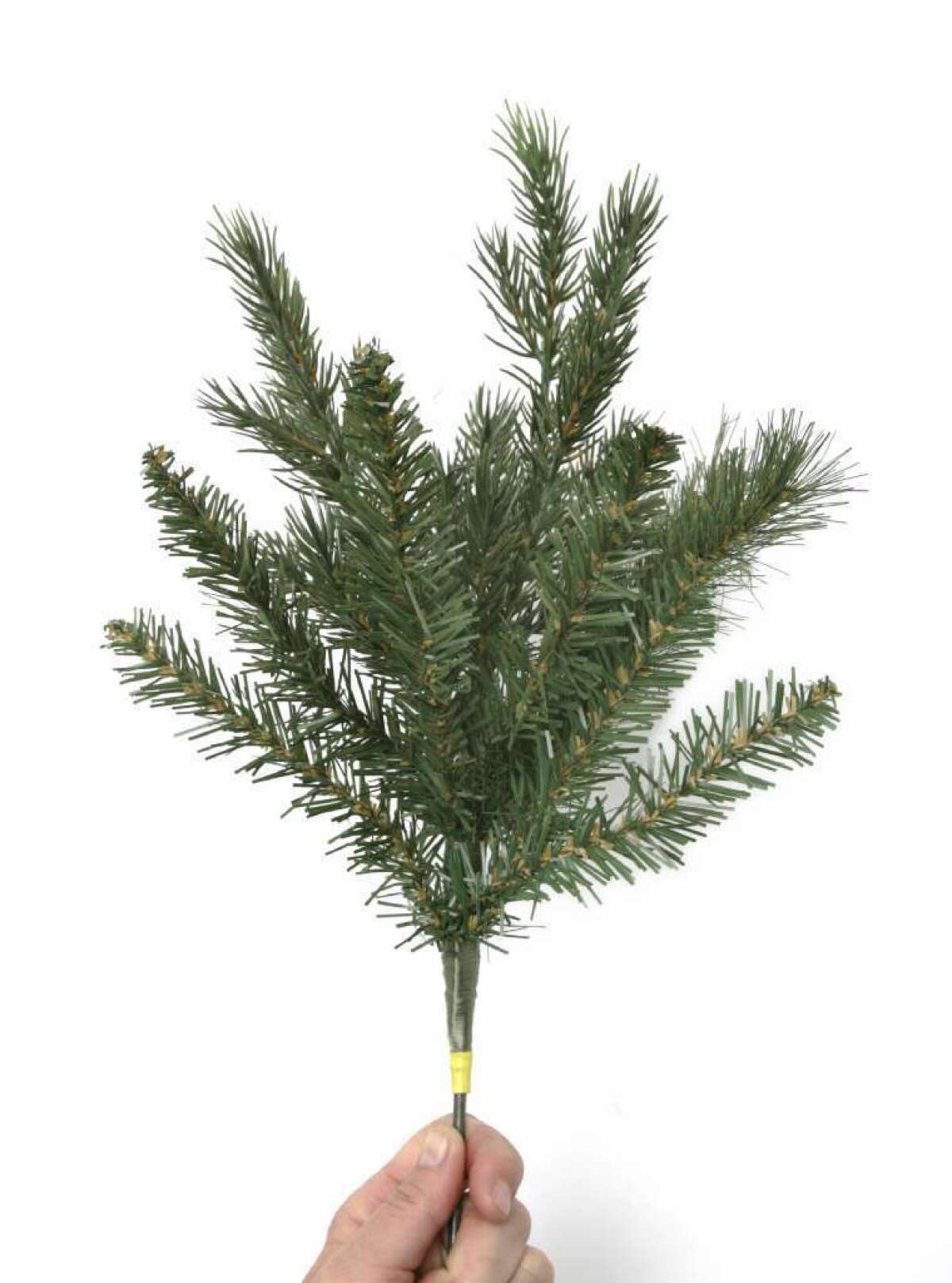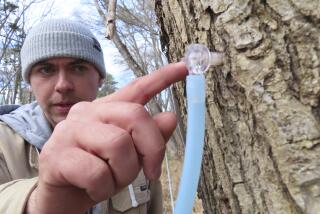Scientists sequence Norway spruce DNA. The tree’s genome is LONG

Researchers reported Wednesday that they had sequenced the genome of the Norway spruce, a giant evergreen native to Europe that has also been planted widely in parts of North America.
Published in the journal Nature, the catalog of the tree’s DNA was notable for its length. The human genome is made up of about 3 billion pairs of DNA base letters, which store all the genetic information needed to make a person. The Norway spruce genome was nearly seven times longer, at 20 billion base pairs. Putting its DNA in the right order was a technical challenge because the genome includes so many repetitive segments.
The research revealed that despite its jumbo-sized genome, spruces seem to have a similar number of protein-encoding genes as humans: on the order of 30,000. Why the Norway spruce has so very much other DNA, and whether that DNA plays an ongoing role in conifer biology, is a question scientists will explore further, the researchers wrote.
Conifers, like spruce, fir and pine trees, are members of a sub-group of seed-producing plants known as gymnosperms, which all have very long genomes. Another super-long conifer genome, that of the white spruce, was also described this week, in the journal Bioinformatics.
University of British Columbia plant biochemist Joerg Bohlmann, a coauthor on both studies, said in a statement that the newly assembled genome sequences would let researchers perfect the way foresters breed trees, focusing in on challenges such as “insect resistance, wood quality, growth rates and adaptation to changing climate.”
Understanding more about the Norway spruce could also, indirectly, help scientists who are working to develop longer-lasting, more appealing Christmas trees, said Washington State University plant pathologist Gary Chastagner.
In December, the Los Angeles Times profiled Chastagner’s work, which focuses on finding what genetic changes might help create trees that won’t shed all their needles between Thanksgiving and New Year’s. At the time, Chastagner said his lab was just beginning to incorporate DNA findings into his analysis of fir trees.
Chastagner doesn’t focus on spruce trees in his research. But he said in an email Wednesday that the new genome sequences had the potential to aid his work if they illuminated how genes influence needle retention in spruce trees.
“It may allow us to determine if the same mechanism controls needle loss in other species, such as the true firs we are working with,” he wrote.
Want to learn more about gymnosperms? Nature included a News & Views article with the Norway spruce genome study (subscription required for full text) in which North Carolina State University researcher Ronald Sederoff explains more about why scientists are interested in the conifer genomes.
And for a different type of appreciation of the mighty spruce, music fans can check out “C is for Conifer,” this 2005 song by They Might be Giants:
Return to Science Now.
twitter.com/LATerynbrown







